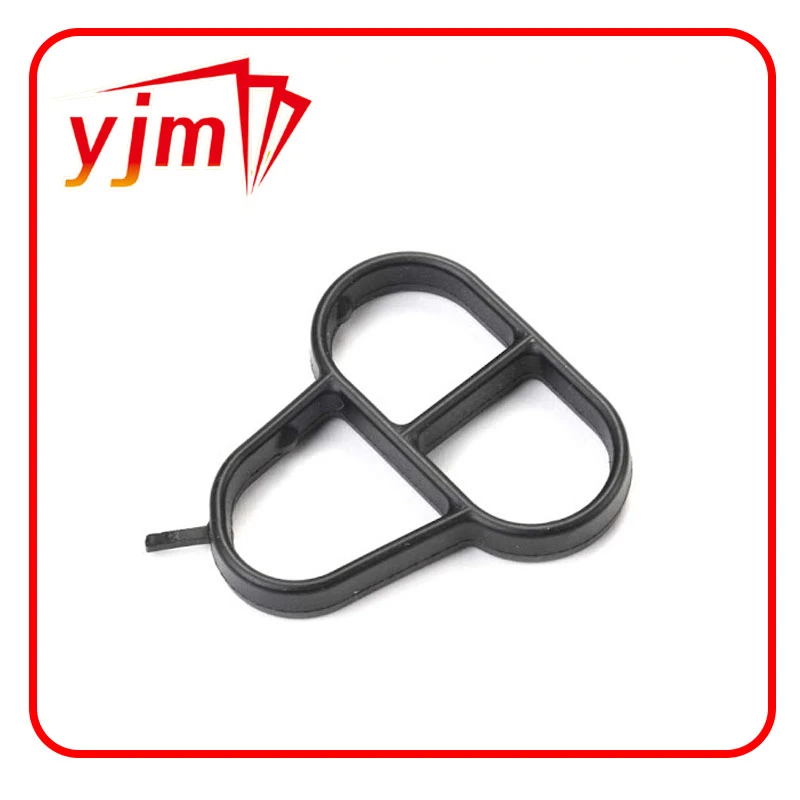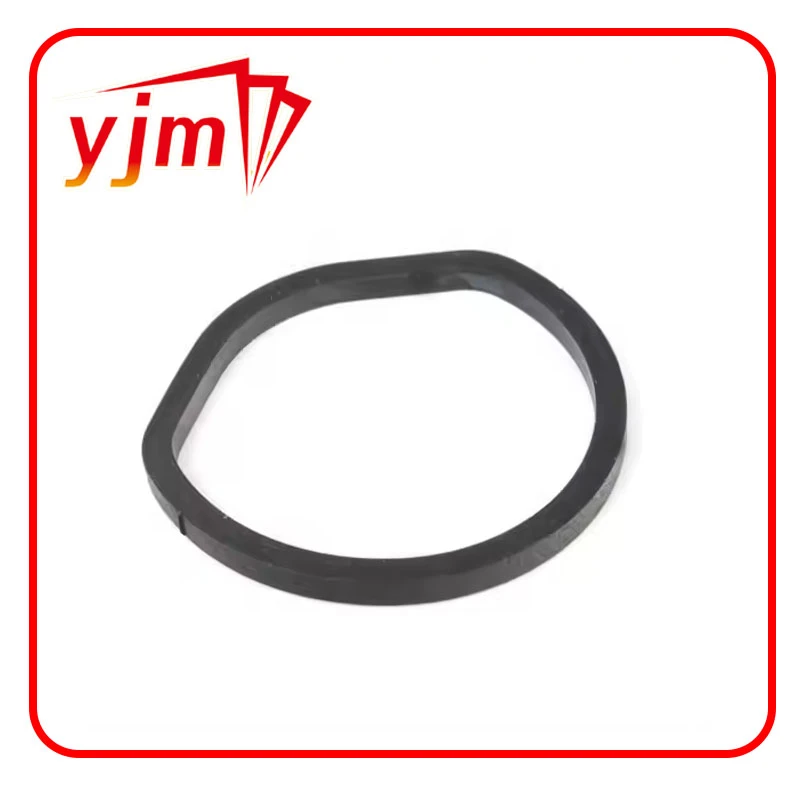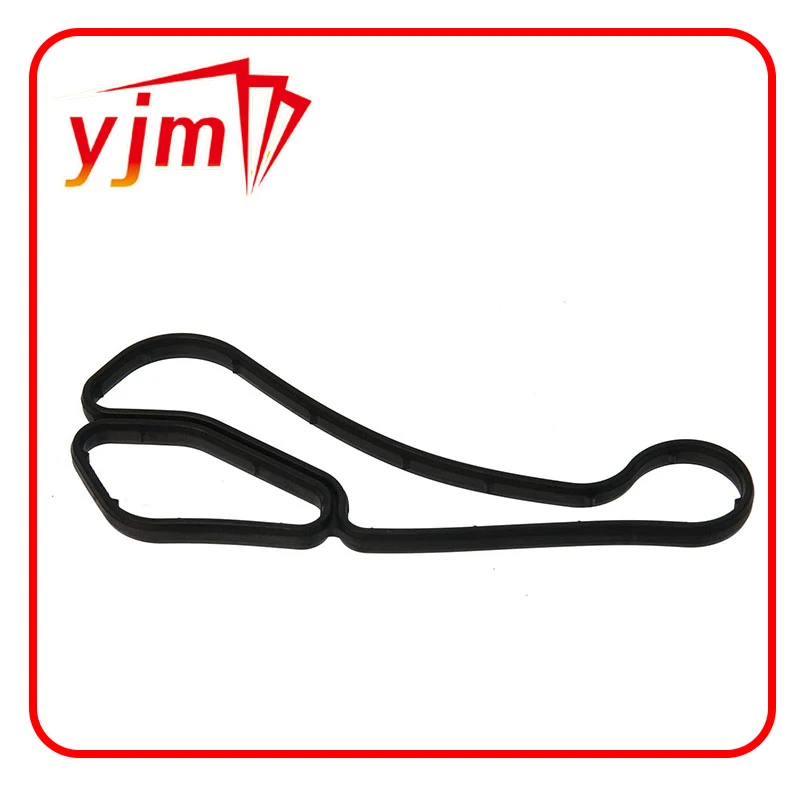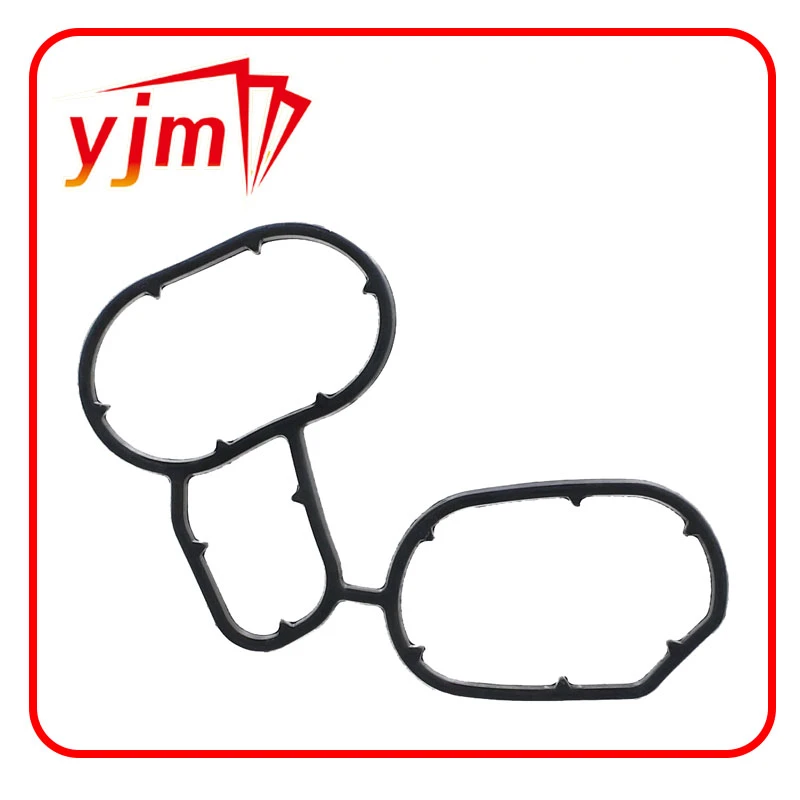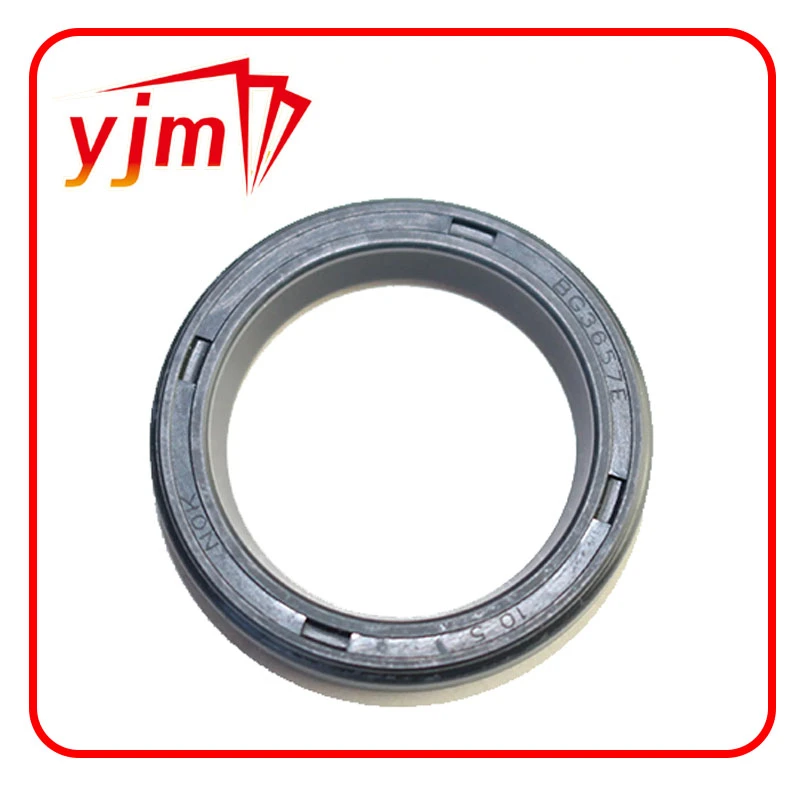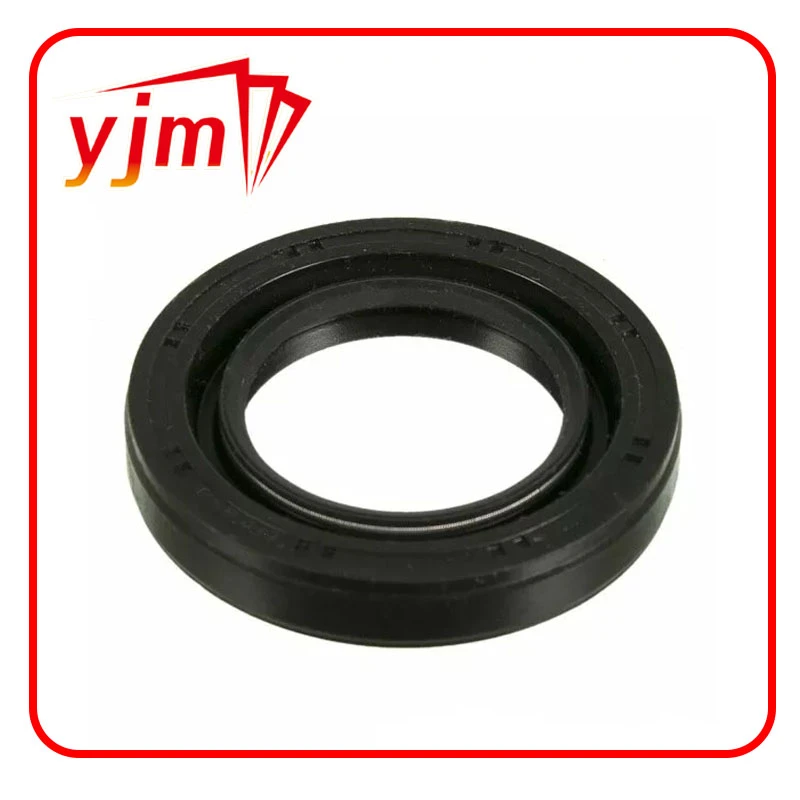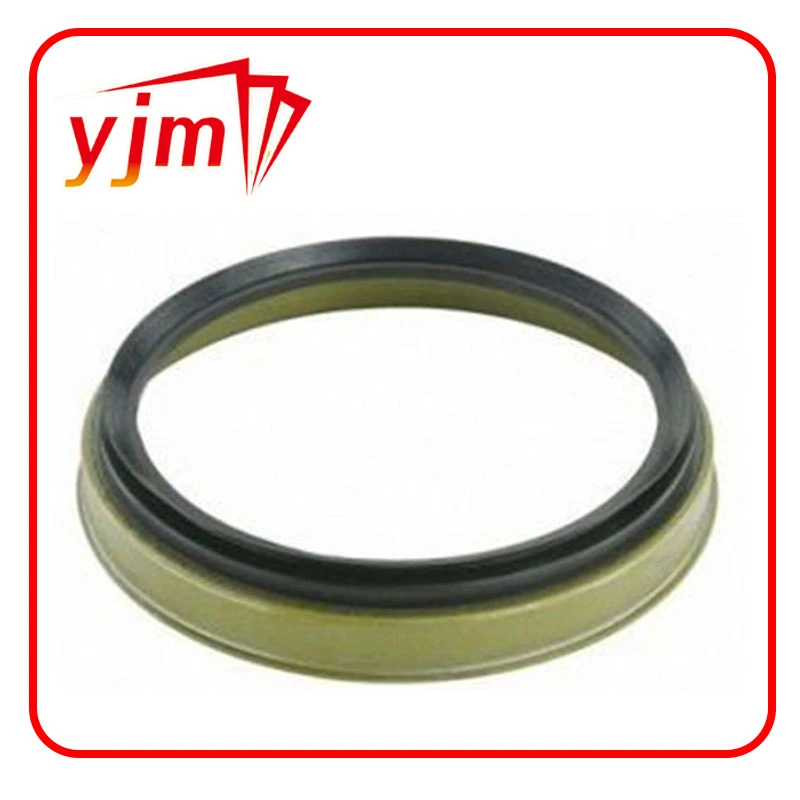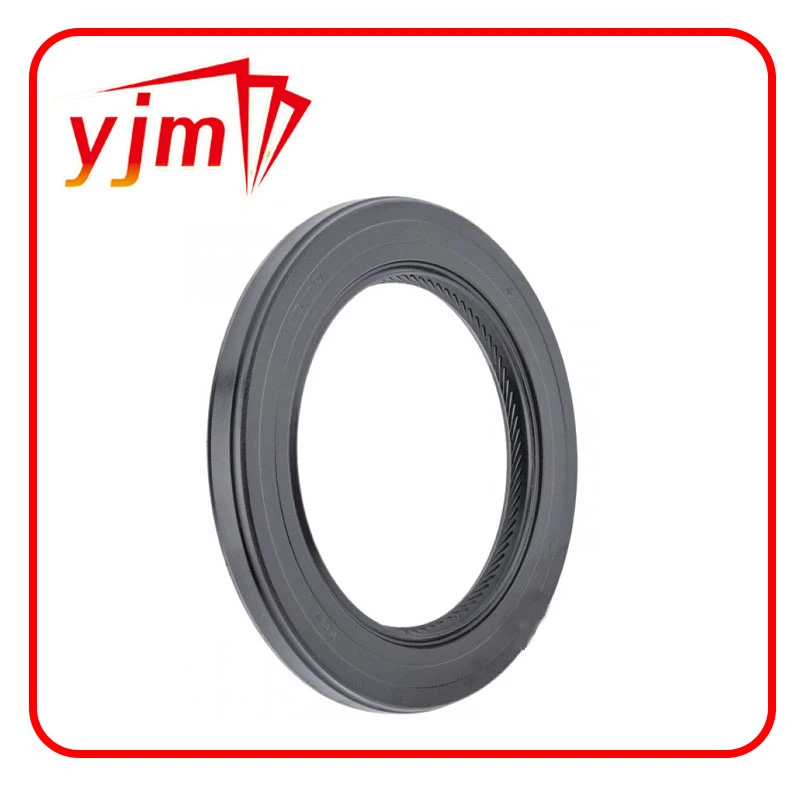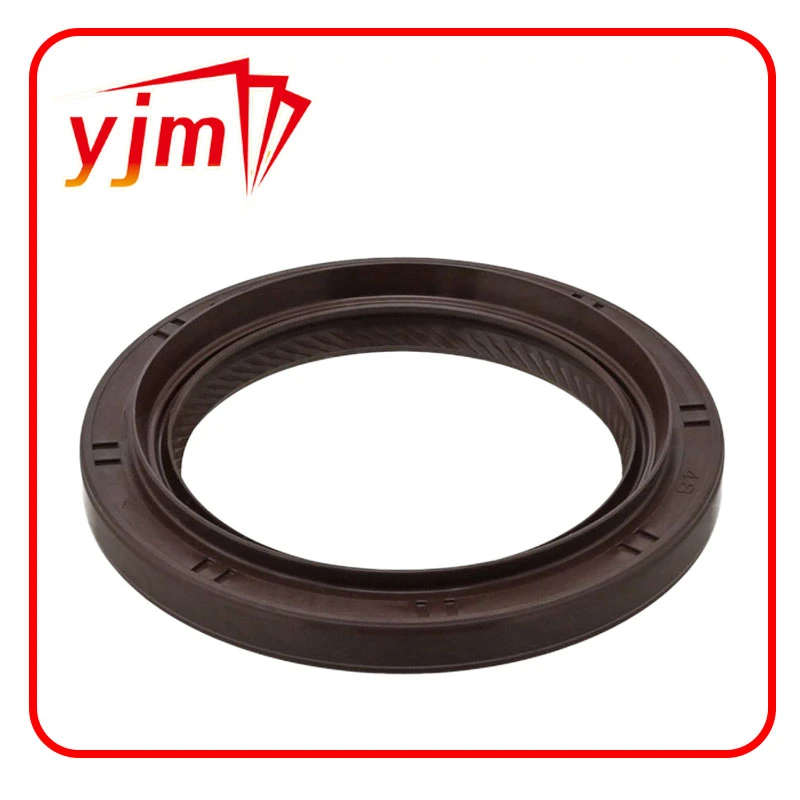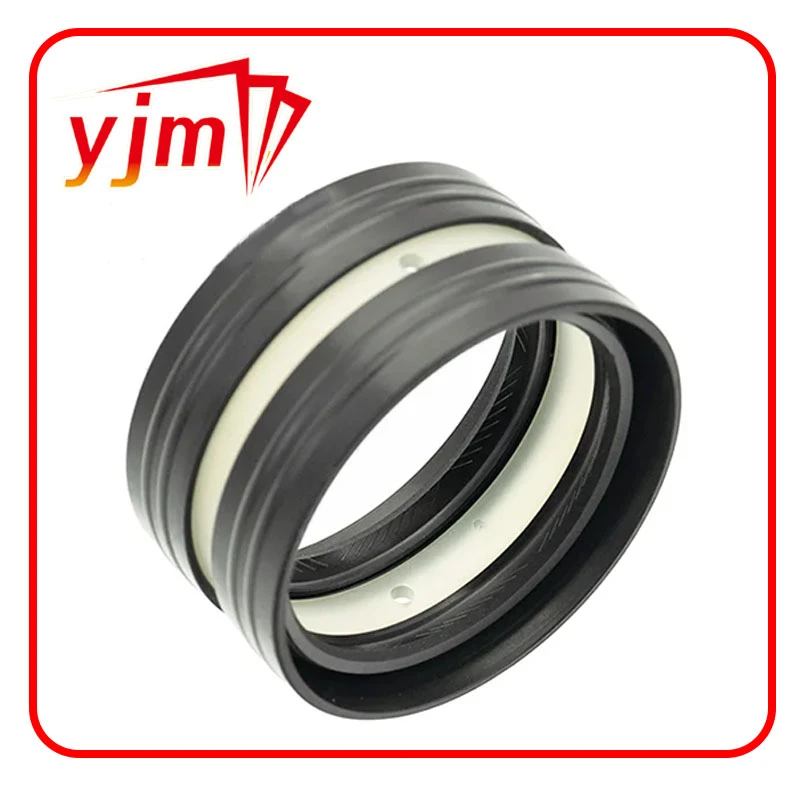The Complete Guide to Pan Gaskets: Sealing Your Engine and Transmission with Confidence
When it comes to fluid retention and leak prevention in your vehicle, gaskets are your first line of defense. Often overlooked, these small components make a huge impact on overall performance and engine health. Whether you’re changing engine oil or servicing your transmission, knowing the difference between an oil sump gasket, transmission oil pan gasket, and oil pan plug gasket is key to avoiding costly leaks and future repairs.
This guide covers the function, differences, and importance of various pan gaskets, including when to replace them and how to do it right.
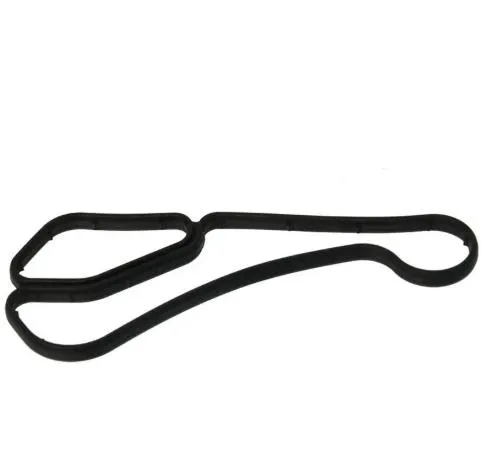
The Essential Role of the Oil Sump Gasket and Pan Gasket
The oil sump gasket—often simply called a pan gasket—seals the connection between the oil sump (also known as the oil pan) and the engine block. It prevents motor oil from leaking out, ensuring proper lubrication of engine components.
What Is an Oil Sump Gasket?
The oil sump gasket is typically made of rubber, silicone, cork, or a composite material. It’s designed to handle extreme temperatures, pressure, and constant exposure to engine oil.
Main Functions:
Creates a tight seal between the oil pan and engine block
Prevents oil leaks from the sump
Maintains consistent oil pressure inside the engine
When this gasket begins to fail, you may notice oil stains under your car, a burning oil smell, or a gradual drop in oil level. Replacing the pan gasket during an oil pan removal or maintenance task is a smart preventative measure.
Sealing the Transmission: Understanding the Transmission Oil Pan Gasket
Just as your engine has an oil pan and gasket, your transmission has its own transmission oil pan gasket to seal the transmission fluid inside.
Purpose of the Transmission Oil Pan Gasket
This gasket sits between the transmission housing and the pan, sealing in the transmission fluid which lubricates and cools internal gears and components. Unlike engine oil, transmission fluid is often red or pink and operates under different pressure and temperature ranges.
Signs You Need a New Gasket:
Red fluid leaking under the car (often near the center or front)
Slipping gears or delayed shifting
Low transmission fluid level with no visible external damage
Just like with an engine oil pan, replacing the transmission oil pan gasket is typically done during a fluid change or transmission service. Many modern gaskets are reusable rubber or composite materials, though older cork versions should always be replaced.
Don’t Forget the Small but Crucial Oil Pan Drain Plug Gasket
It’s easy to overlook the oil pan drain plug gasket—a small washer-like gasket that sits under the oil drain plug—but it plays a big role in leak prevention. Also referred to as the oil pan plug gasket, this seal ensures that oil doesn’t seep out where the drain plug meets the pan.
Why the Oil Pan Plug Gasket Matters
Every time you change your oil, the oil pan plug gasket experiences compression. Over time, these gaskets flatten, crack, or become brittle. Reusing them can cause oil to drip slowly from the drain plug, which may lead to low oil levels and dirty driveways.
Types of Plug Gaskets:
Copper: Crushes to form a seal and is often reusable once or twice.
Aluminum: Durable and usually replaced every oil change.
Nylon or rubber-coated: Designed for a tighter seal and easy installation.
Best Practice: Always replace the oil pan drain plug gasket during every oil change. They are inexpensive (often under $1) and can prevent long-term engine damage.
How to Replace Each Pan Gasket Correctly
Replacing an Oil Sump Gasket or Transmission Pan Gasket:
Drain the fluid (engine oil or transmission fluid).
Remove the pan carefully, keeping the old gasket in place until the bolts are removed.
Clean both surfaces thoroughly to remove old gasket residue and debris.
Apply the new gasket (or gasket maker, if specified by the manufacturer).
Reinstall the pan, tightening bolts in a criss-cross pattern to recommended torque specs.
Replacing an Oil Pan Plug Gasket:
Unscrew the drain plug during an oil change.
Remove and discard the old oil pan plug gasket.
Install the new gasket on the plug before screwing it back in.
Torque to the manufacturer’s recommendation—over-tightening can damage threads or deform the gasket.
Final Tips to Prevent Gasket Leaks
Always use new gaskets when disassembling the oil pan or transmission pan.
Torque bolts evenly and to spec to avoid crushing or warping the gasket.
Inspect gasket condition regularly—especially after an oil or fluid change.
Choose OEM or high-quality aftermarket gaskets for better durability and fit.
A few dollars spent on quality pan gaskets can save hundreds in repairs later.
From the large oil sump gasket that seals your engine’s oil reservoir to the small oil pan plug gasket that prevents a single drop from leaking, every pan gasket plays a vital role in your vehicle's performance. Understanding the differences between an oil pan drain plug gasket, transmission oil pan gasket, and engine gaskets will help you maintain your car better and avoid unnecessary repair costs.
Whether you're a seasoned DIY mechanic or just starting out, paying attention to these essential sealing components ensures your engine and transmission remain leak-free and efficient for the long haul. Always remember: the smallest parts often make the biggest difference.
-
High-Quality Seal 12x22x5 for Industrial & Automotive Use | YJM Seal
Iindaba Nov.25,2025
-
Seal 12x20x5: Precision Radial Shaft Seals for Industrial Reliability
Iindaba Nov.24,2025
-
Seal 12x18x5: Essential Guide to Specifications, Applications & Vendors
Iindaba Nov.24,2025
-
Understanding Seal 12 20 5: Applications, Specifications & Industry Insights
Iindaba Nov.23,2025
-
Durable Oil Seal 85x110x12 – Reliable Sealing Solutions for Industry
Iindaba Nov.23,2025
-
Durable and Precise Oil Seal 75x95x10 for Efficient Machinery | YJM Seal
Iindaba Nov.22,2025
-
Durable Oil Seal 75x100x10 for Reliable Industrial Performance | YJM Seal
Iindaba Nov.22,2025
Iindidi zeemveliso

